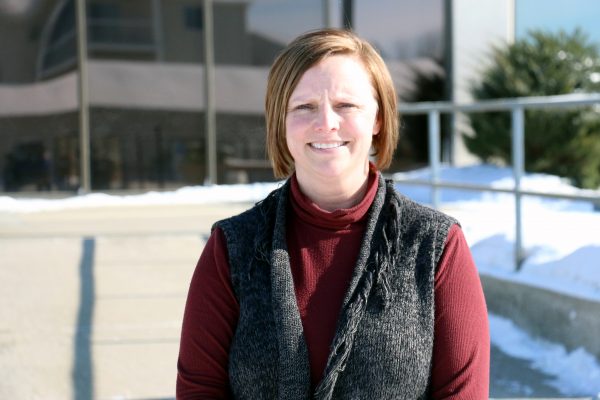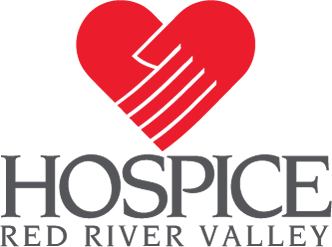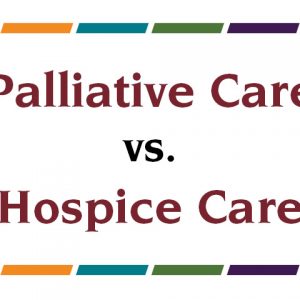 by Kelly Haneca, RN, CHPN
by Kelly Haneca, RN, CHPN
Hospice care focuses on comfort and quality of life during the last months of life. Hospice care helps people live comfortably and with a sense of normalcy, regardless of a terminal illness. It is not intended to prolong someone’s life, rather to help people live the fullest life possible while maintaining comfort and dignity.
Pain is one of the main concerns for people as they near the end of life. Pain can be caused by many physical factors, such as a tumor, nerve issues, skin sores, swelling or disease progression. There are also several other ways a person can experience pain that are not physical.
Emotional pain/suffering is very common for people who are seriously ill. It can be described as an inner feeling of distress, discomfort or unhappiness. Some people may also experience spiritual pain, which can be expressed as loneliness, feeling separated or abandoned, empty, guilty, fearful or even hopeless.
The hospice team includes nurses, social workers, certified nursing assistants (CNAs) and chaplains who are specially trained to help patients and their caregivers with all types of pain. Additionally, the team continually works with our hospice physician and/or nurse practitioners to provide comfort according to the person’s specific needs. Pain and symptom management are important in hospice care because both factors can affect the person’s overall well-being, including physical, emotional, personal and spiritual.
Managing a person’s pain is a high priority. The hospice team is experienced in assessing pain through listening and observing symptoms. The team pays special attention to non-verbal cues when a person is not able to verbally communicate their pain. With frequent communication and visits from the Hospice team, most people who are on hospice care can attain comfort.
 Assessing Pain
Assessing Pain
Hospice of Red River Valley nurses are specially trained in end-of-life pain and symptom management, and they help individuals to be as comfortable as possible. They also receive ongoing education to best manage our patients’ symptoms.
During a visit with a hospice nurse, he or she will fully assess the patient for any symptoms, educate the patient and caregiver on the disease and dying process, provide guidance on what to expect, explain symptoms to watch for, and give caregivers tips about what can be done to relieve symptoms.
The Hospice team also develops a plan of care for each individual patient when they begin hospice care. This plan of care helps determine each patient’s individual goals for pain control, and what level they would like to keep their pain under. During each visit, hospice staff will have the patient rate their pain to make sure the patient’s pain level is controlled, according to their plan of care.
The patient and their caregivers play an important role in addressing pain. Clearly explaining the patient’s pain with their hospice care team makes it easier to treat the pain. The longer the pain goes unmanaged, the more challenging it becomes to get it under control. It’s also helpful to keep a log of the pain the person is experiencing, as well as the different things measures that have been used to control it. This is important information to communicate to the hospice team.
Medication & Other Ways to Treat Pain
People often first think of medications to control pain and symptoms, but medications are just one way hospice nurses help a person be comfortable. Hospice nurses take great care to educate family members and caregivers about what causes symptoms, as well as ways to relieve discomfort through medicinal and non-medicinal ways. The goal of using medication is to get relief from pain and symptoms with as few side effects as possible.
Non-medicinal practices are often encouraged alongside the use of medications, including:
- Relaxation techniques
- Breathing exercises
- Massage
- Applying heat or ice
- Elevating one’s head or repositioning
- Using assistive equipment
Effective pain and symptom management can help reduce suffering at end of life—everyone deserves the best quality of life possible. When a person’s pain is reduced, they can take part in the things they enjoy and create meaningful moments with the ones they love.
If you feel you or a loved one could benefit from hospice care, contact us to learn more.
Kelly Haneca is a registered nurse with Hospice of the Red River Valley.
About Hospice of the Red River Valley
In 1981, Hospice of the Red River Valley was founded on the belief that everyone deserves access to high-quality end-of-life care. We fulfill our nonprofit mission by providing medical, emotional, personal and spiritual care, as well as grief support to our patients, their families and caregivers during a tender time in life. Our staff helps those we serve experience more meaningful moments through exceptional hospice care, 24 hours a day, 365 days a year, wherever a patient calls home. The organization serves more than 40,000 square miles in North Dakota and Minnesota, including in and around Bismarck, Detroit Lakes, Devils Lake, Fargo, Fergus Falls, Grand Forks, Lisbon, Thief River Falls, Valley City and many more communities. Hospice of the Red River Valley offers round-the-clock availability via phone, prompt response times and same-day admissions, including evenings, weekends and holidays. Contact us anytime at 800-237-4629 or hrrv.org.




